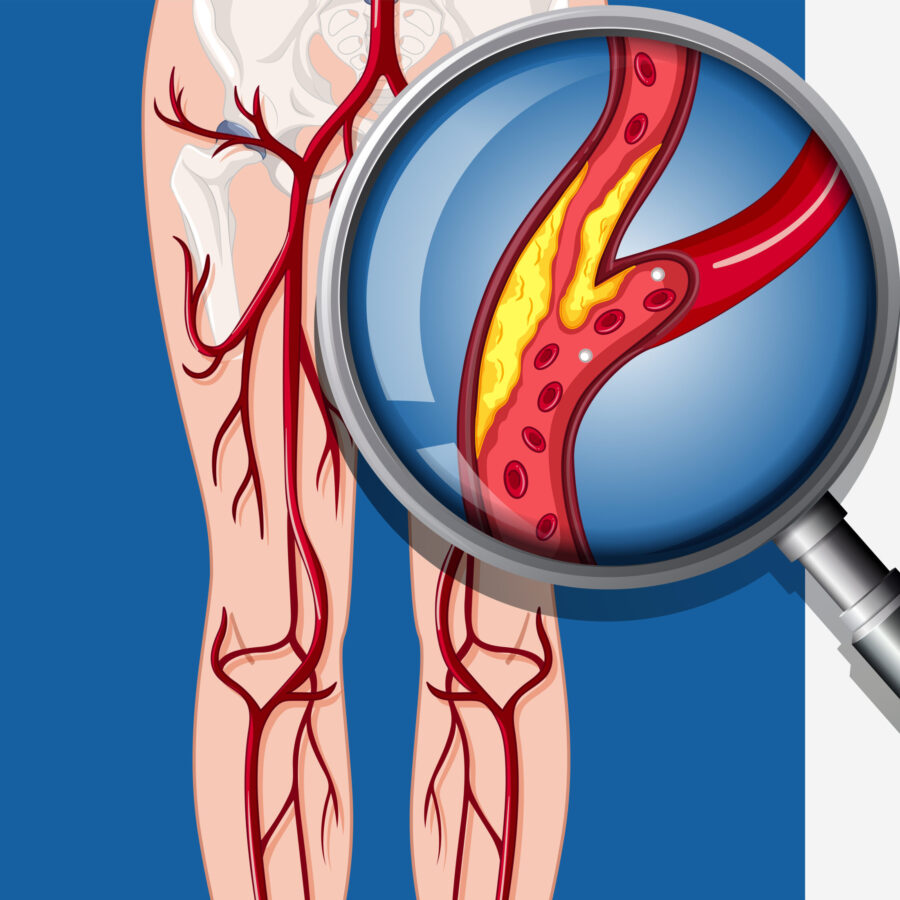
What is a Lower Extremity Bypass?
A lower extremity bypass is a surgical procedure that is used to reroute blood flow around a blocked artery in your leg. The procedure is performed under general anesthesia in the hospital operating room and will require either a long leg incision, or multiple shorter length incisions in the affected leg.
Is this a Common Procedure?
Lower extremity bypass surgery is the most involved and invasive treatment for peripheral artery disease; yet bypass surgery is fairly common. About half of people who can’t get enough blood flow to their legs have surgery to improve it. Lower extremity bypass surgery is one of the ways to get blood flowing again in your legs.
About 6.5 million Americans have peripheral artery disease, but not all of them have peripheral artery bypass surgery.
Why do I need Lower Extremity Bypass?
You may need a lower extremity bypass if have a bad blockage in a long, narrow section of a leg artery. Your doctor will consider this surgery if you are not a good candidate for an endovascular (stent) procedure, or if other treatment options have already failed for you.
You may also need this operation if you have:
- Pain in your leg at night or when walking.
- Sores on your leg that aren’t healing.
- Dead tissue (gangrene).
Before Your Surgery
How do I Prepare for Surgery?
A bypass is typically performed using a vein in your leg. You will undergo an ultrasound to determine if you have a vein in your leg which is adequate for a bypass.
If you do not have an adequate vein in the same leg, we will evaluate the vein in the other leg or arms. If no suitable vein is available, a prosthetic graft is used for the bypass.
If you have severe peripheral artery disease, typically, you may also have significant heart disease. The condition of your heart will be evaluated to make sure it is strong enough for surgery. You may be referred to a cardiologist (heart doctor) for that workup which may include:
- An electrocardiogram (EKG)
- A cardiac ultrasound
- Blood tests
- A stress test
If you smoke, it’s important to stop using tobacco products before surgery. This can give you a smaller chance of complications after surgery.
The day before your operation, you may need to:
- Stop taking certain medicines.
Avoid eating or drinking after midnight.
After Your Surgery
Are there Risks or Complications?
Complications of a peripheral artery bypass surgery include:
- Blood clots
- Infection
- Bleeding
- Drainage to peripheral nerves
- Heart attack (in about 3% of surgeries)
Most people don’t have major complications from a peripheral artery bypass. However, it can be fatal in 2% to 5% of people.
You may be at a higher risk of complications if you’re older than 70 and/or have other health issues.
Sometimes, people need to have surgery again because of a blockage in their peripheral artery bypass graft. This can happen in a short amount of time or after a number of years. Often, providers can treat this with a minimally invasive, or endovascular procedure.
What happens after my Lower Extremity Bypass?
You will typically be in the hospital after surgery for 1-3 days. Depending on your strength, you may need to go to a short term rehabilitation facility when you are discharged from the hospital. You may have sutures or staples in your leg. These typically stay in place for several weeks and are removed in the doctors office. You may experience leg swelling after a bypass. This is generally normal and typically resolves on its own. It may take several days to several weeks to resolve. You will be encouraged to walk after surgery, however, strenuous activity, heavy lifting, and driving should be avoided until you are cleared to do so by your surgeon.